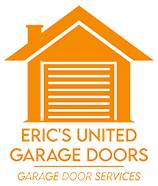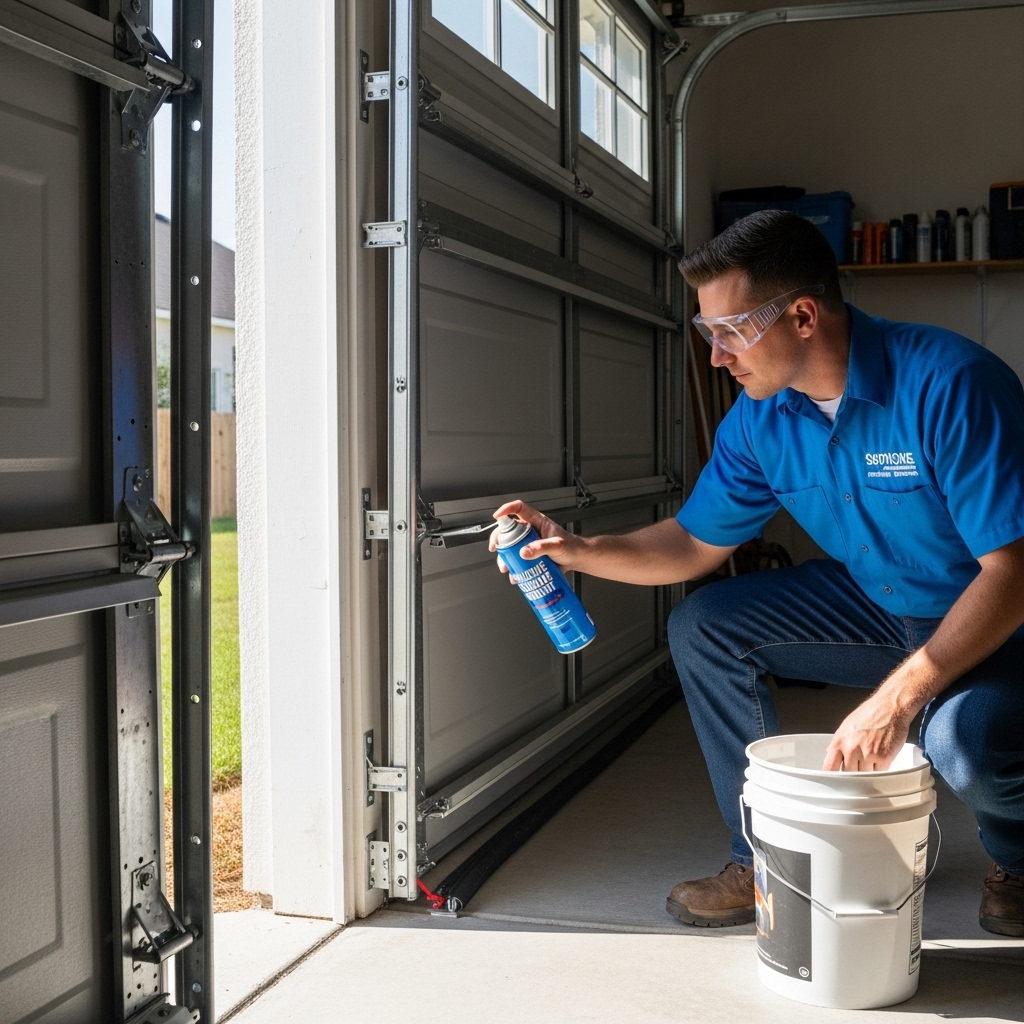Florida homeowners rely on their garage doors for daily convenience, safety, and storm protection. Whether you live on the coast, inland near lakes, or in a dense neighborhood, your door works hard in heat, humidity, and high winds. This comprehensive guide explains how a Florida garage door system should be maintained, when to seek professional help, and what upgrades make the biggest difference in our climate. If you are just getting started, consulting a trusted local professional for garage door service can help you quickly identify priorities, spot hidden hazards, and create a practical maintenance plan that fits your home.
Below you will find Florida-specific insights on corrosion control, wind-load requirements, safety devices, and proactive steps for reliable daily operation. You will also learn how to inspect key components without taking risky DIY shortcuts, plus how to choose a qualified provider and prepare for seasonal storms.
Why Florida Garage Doors Need Extra Attention
Florida’s environment is tough on mechanical systems. Salt-laden air near the coasts accelerates corrosion on steel components such as springs, cables, tracks, and fasteners. Inland, high humidity and heavy rainfall still drive rust and swelling in wood framing. UV exposure can dry out weather seals and fade or embrittle door surfaces, while summer heat expands metal parts and can affect opener electronics. Add tropical storms and hurricanes, and you have a combination that demands diligent maintenance and smart upgrades.
- Humidity and salt accelerate rust on springs, cables, and hardware.
- Wind events stress panels, tracks, and mounting points beyond typical daily use.
- Heat and UV affect weatherstripping, paint, and opener components.
- Power fluctuations during storms can harm circuit boards and sensors.
Homeowners who schedule routine inspections and keep components clean and lubricated usually enjoy smoother operation, fewer breakdowns, and longer service life.
Know Your System: Components That Matter
Understanding the major parts of a typical sectional garage door helps you recognize issues early and communicate clearly with a technician.
- Door panels: Steel, aluminum, composite, or wood sections that provide structure and curb appeal. In Florida, panels should be wind-rated or reinforced for local codes.
- Springs: Torsion or extension springs counterbalance the door’s weight. These components are under high tension and should be serviced by professionals.
- Cables and drums: Steel cables wind on drums to raise and lower the door. Frayed cables are a serious safety hazard.
- Tracks and rollers: Tracks guide the door; rollers keep it moving smoothly and quietly.
- Hinges and brackets: Hardware that connects sections and attaches the door to the structure.
- Weather seals: Bottom seal, side seals, and top seals reduce drafts, moisture intrusion, and pests.
- Opener and rail: The motor unit, rail, trolley, and carriage provide automated operation. Safety sensors and wall controls are vital components.
Awareness of each component helps you recognize unusual noises, jerky movement, or alignment problems before they turn into emergency repairs.
Florida-Focused Preventive Maintenance You Can Do Safely
Some tasks are simple, safe, and effective for homeowners when performed with care. Always disconnect power to the opener before working near moving parts, and never loosen spring hardware or high-tension fasteners.
- Visual inspection: Once a month, look for rust, frayed cables, loose fasteners, bent track, and cracked hinges. If anything seems damaged, stop using the door until a technician inspects it.
- Clean tracks: Wipe debris from tracks with a dry cloth. Do not apply grease in tracks; clean tracks keep rollers gliding true.
- Lubricate moving parts: Use a silicone-based or lithium garage door lubricant on hinges, rollers (not nylon wheels), and bearings. Avoid heavy grease that collects grit.
- Test balance: With the door closed, pull the manual release, then lift the door halfway. A properly balanced door should stay in place. If it drops or shoots up, call a professional.
- Check safety reverse: Place a 2×4 piece of wood flat under the door and close it by opener. It should reverse upon contact. Also test photo eye sensors by blocking the beam; the door should not close.
- Refresh weather seals: Inspect bottom and perimeter seals for cracks or flattening. Replace when brittle or leaking light and air.
- Surface care: Rinse steel doors with fresh water to remove salt. For painted finishes, follow manufacturer guidance to preserve coatings.
These steps help maintain smooth motion and enhance safety. In coastal counties, rinsing hardware and the exterior with fresh water every few weeks can slow corrosion dramatically.
Repairs Best Left to Professionals
High-tension components and structural elements can cause severe injury if handled incorrectly. If your inspection reveals any of the following, pause operation and schedule service:
- Broken or elongated torsion springs, or extension springs without safety cables.
- Frayed, unspooled, or uneven lift cables.
- Bent or pulled-out track brackets, wall angle, or header mount issues.
- Cracked door sections, separated stiles, or loose reinforcement struts.
- Opener head emitting burning smells, intermittent operation, or error codes.
Professional technicians have the tools, replacement parts, and training to reset balance, align tracks, and verify that safety systems function correctly. Mid-season tune-ups are especially valuable in Florida, where temperature swings and storms can knock components out of alignment. If you are unsure whether a symptom is serious, it is sensible to schedule prompt garage door service to prevent minor wear from escalating into a significant failure.
Upgrades That Pay Off in Florida Conditions
Beyond basic repairs, a few strategic upgrades improve safety, comfort, and resilience in Florida.
- Wind-rated or impact-rated doors: Choose products with the correct design pressure and approvals for your county’s wind zone. Reinforcement struts, heavier gauge tracks, and proper anchoring distribute wind forces effectively.
- Corrosion-resistant hardware: Galvanized or stainless fasteners, powder-coated springs, and sealed bearings slow rust and reduce noise over time.
- Insulated doors: Insulation helps regulate garage temperatures, protects stored items, and can reduce noise transfer to living areas.
- Battery backup openers: Maintain access during power outages common in summer storms.
- Smart controls: Wi-Fi connectivity, geofencing, and alerts provide convenience and help verify door status from anywhere.
- LED lighting and quiet drive systems: Belt-drive openers and LED bulbs reduce vibration and energy use while improving visibility.
When upgrading, ensure the entire system is engineered as a whole: door, track, spring size, opener horsepower, and reinforcement. A balanced system extends lifespan and reduces maintenance.
Safety and Code Compliance
Florida building codes include wind-load and impact requirements, especially in coastal and high-velocity hurricane zones. In addition, federal and industry safety standards require photoelectric sensors and proper entrapment protection for automated doors. During service or installation, ensure the work includes appropriate permits where required and that the finished system passes inspection. A professional technician will verify travel limits, force settings, and sensor alignment so the door stops and reverses correctly.
Choosing a Qualified Florida Provider
Look for a company with local experience, proper insurance, and a track record with wind-rated systems. Ask how they size springs, verify balance, and confirm compliance. Reliable providers document part specifications and explain what was adjusted or replaced. They also recommend corrosion-resistant options tailored to your environment, whether coastal, lakeside, or inland.
- Ask about training and certifications related to installation and safety.
- Request details on replacement parts and warranties for clarity.
- Confirm that technicians carry the right tools and hardware on the truck to minimize return visits.
- Ensure they test safety reversal and cycle the system before leaving.
Frequently Asked Questions
Q: How often should a Florida homeowner schedule professional maintenance?
A: Many homes benefit from a comprehensive tune-up once a year, with additional inspections after major storms or when usage is especially heavy. Coastal homes with accelerated corrosion may benefit from biannual checkups.
Q: What are signs that springs or cables are failing?
A: A door that feels suddenly heavy, opens unevenly, jerks or squeals, or shows visible gaps in torsion springs indicates a problem. Frayed or rusted cables require immediate attention.
Q: Do I need a wind-rated door?
A: Most Florida jurisdictions require wind-rated doors, especially in wind-borne debris regions. Check local requirements and ensure your installed product meets or exceeds them.
Q: Can I lubricate the springs myself?
A: You can lightly lubricate exposed coils, but never attempt to adjust, loosen, or replace springs. High tension makes them dangerous without proper tools and training.
Q: Why does my opener hesitate or reverse unexpectedly?
A: Misaligned photo eyes, dirty lenses, weak batteries in remotes, or incorrect force limits may be to blame. If cleaning and alignment do not help, a technician should evaluate the system.
Q: How do I protect my door during a hurricane?
A: Ensure your door is wind-rated and properly reinforced. Keep tracks, brackets, and fasteners secure, and close and lock the door before the storm. Afterward, inspect for misalignment or damage before resuming normal operation.
Ready for Reliable Florida Garage Door Help?
Your garage door is a primary entry, a weather barrier, and a daily workhorse. Regular inspections, timely upgrades, and expert adjustments will keep it performing safely in Florida’s demanding climate. For dependable care, schedule professional garage door service and enjoy smoother operation, stronger storm readiness, and peace of mind year-round.

